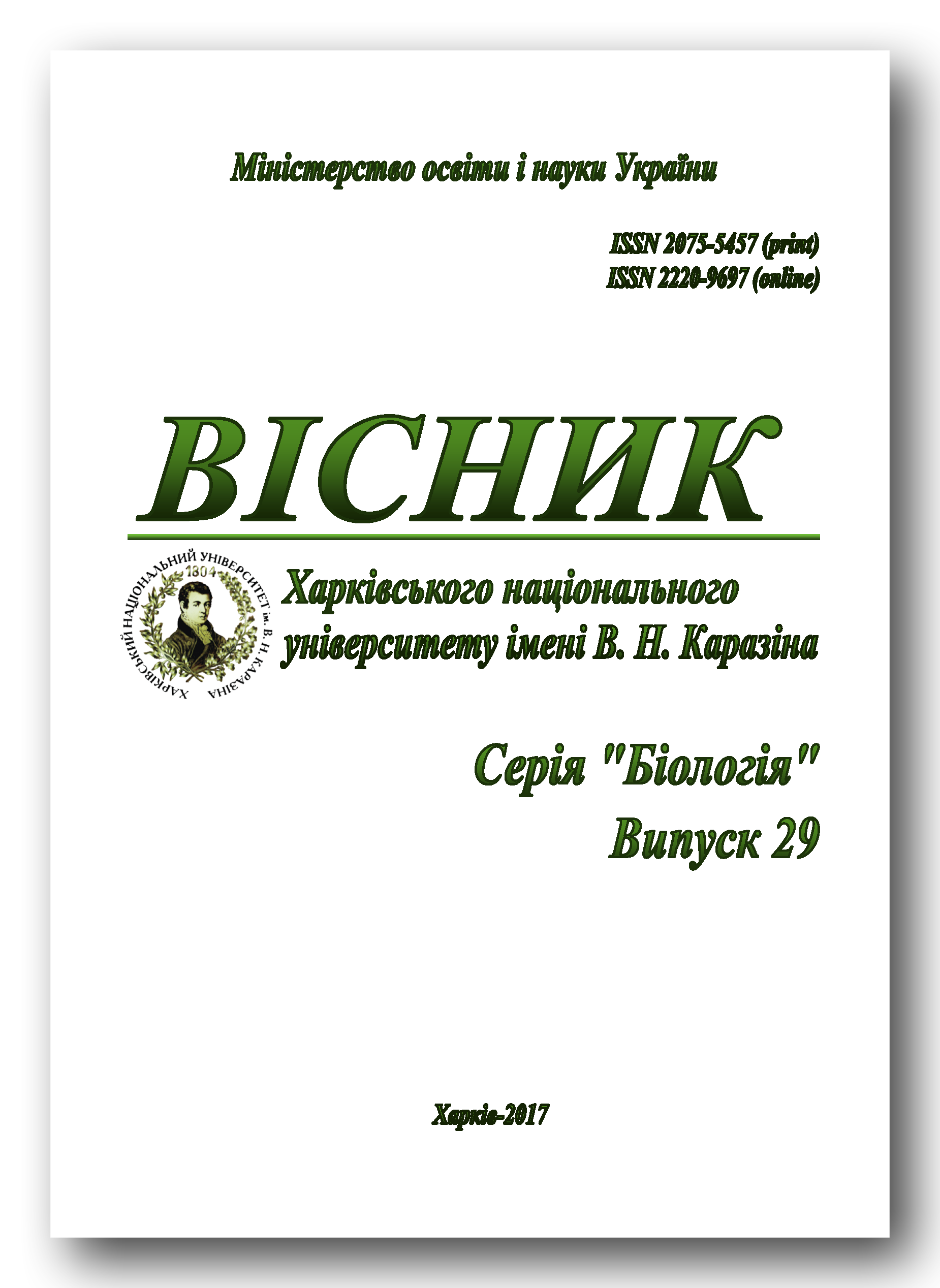Ichthyocenes of the coastal aquatic complex of the Kruglaya Bay (Sevastopol, Black Sea)
Abstract
Ichthyofauna monitoring of the Crimean coastal water area is one of the most important parts in the research of the current condition of the Black Sea ecosystem. In last 10 years of XX century anthropogenic impact caused significant critical changes, resulted in essential degradation of phyto- and zoocenoses. Similar situation was observed in fish populations. The article presents a schematic chart with the detailed bottom relief description, features of underwater landscape of the Kruglaya Bay and adjacent open water areas. The paper deals with spatial distribution and seasonal dynamics of three ecological groups of fish: pelagic, benthopelagic and benthic, that inhabits pelagic, solid and soft grounds. 57 species that belong to 36 families were found during the research period. In the ichthiocen of solid ground the benthopelagic fishes prevailed, presented by 14 species of 7 families (Labridae, Syngnathidae and Sparidae). Benthic fishes were presented by 8 species from 5 families. Among 20 species from the soft ground area 6 were benthopelagic species and 14 – benthic species. The most diversity was observed in Gobiidae family. It should be noted appearance of Sarpa salpa (L., 1758) in June 2005 in the bay water area. The results may give an assessment of current condition of sea fish populations of sea coast of Crimea and may be useful at comparison with other parts of water areas of the Black Sea.
Downloads
Authors retain copyright of their work and grant the journal the right of its first publication under the terms of the Creative Commons Attribution License 4.0 International (CC BY 4.0), that allows others to share the work with an acknowledgement of the work's authorship.




